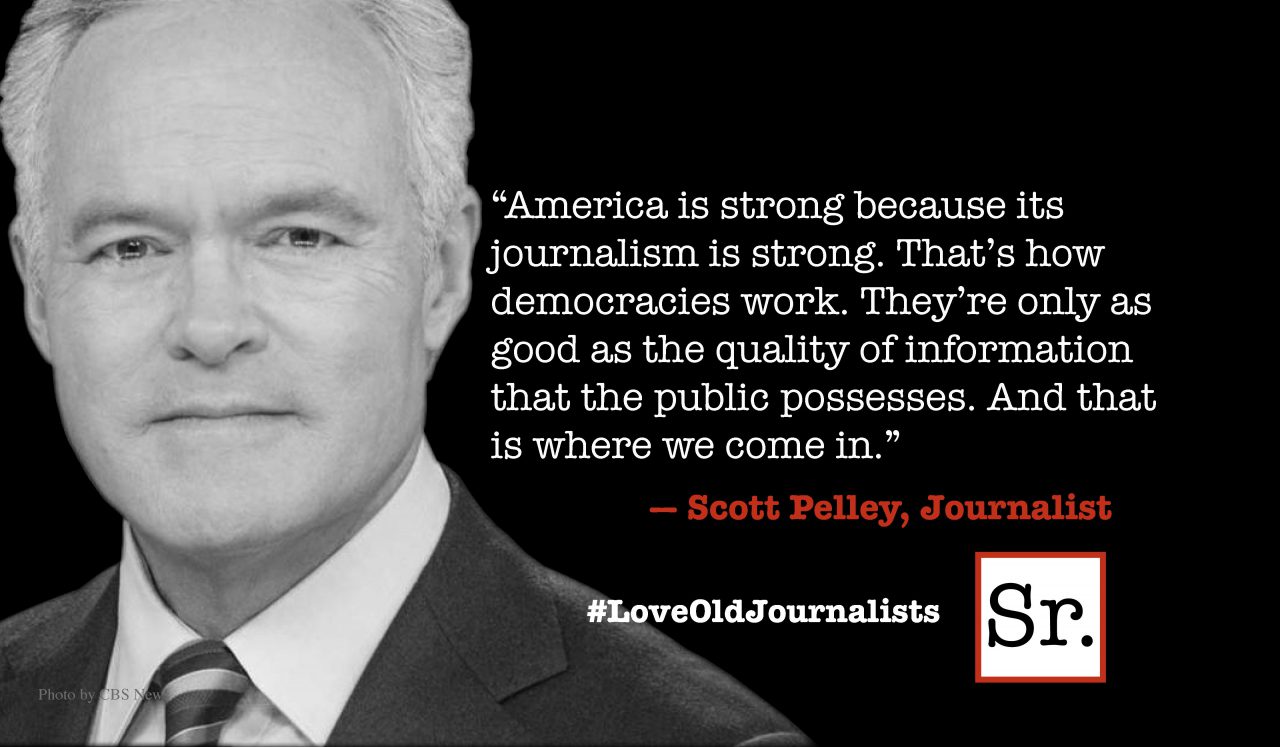When all other bookstores are gone, The Last Bookstore will probably still be there — at least for the next 5 or 10 years. It is a bookstore as art and a bookstore as playground well worth visiting while that’s still possible. Where? At 5th and Spring streets in downtown Los Angeles.
Just about everything makes this bookstore different from others. First of all, there are 16,000 square feet of it. The aptly named Labyrinth takes one through a tunnel of books to a bank vault that is the reading room, time travel portholes, and a secret passageway that goes into a hidden book room. Artists are given free rein to use their imagination in decorating the bookstore that houses perhaps 100,000 books — all selling for the bargain price of $1 each.
Why? Interviewed by Deborah Vankin of the L.A. Times, the 37 year old owner of this gigantic funhouse said he wanted to “create a community creative space that also happens to be a bookstore. There are so many ideas in books, inspirations.” An old bank with a 25-foot-high ceiling, pillars, and mosaic tile floor helped him envision what kind of bookstore he wanted it to become. He asked himself, “What if civilization collapsed and there was one bookstore left, what would that look like?”
Along with his vision was a bookstore that people could get lost in as they went on a treasure hunt for books. That’s why there is a quirky order for some books lined up perhaps by color or simply size — short books here, tall books there, hardcover here, Russian language books there. Round a corner, and there is a row of art studios with artists to sell their own creations.
Who buys these books? Could be hoarders who must surround themselves with books. Could be tv or movies that need books for their props. Could be the small entrepreneurs who buy for $1 and sell for $3. Could be voracious readers and bookworms. Could be the dwindling numbers of people who like to actually hold a book they’re reading. Could be for the warm camaraderie of adjacent readers that a computer can’t duplicate.
The 500 to 1,000 books a day that come into the bookstore and the occasional valuable book keep the inventory churning enough to bring in enough of a profit for the owner, although he feels successful just by the gratitude that he feels from his customers — and authors.








